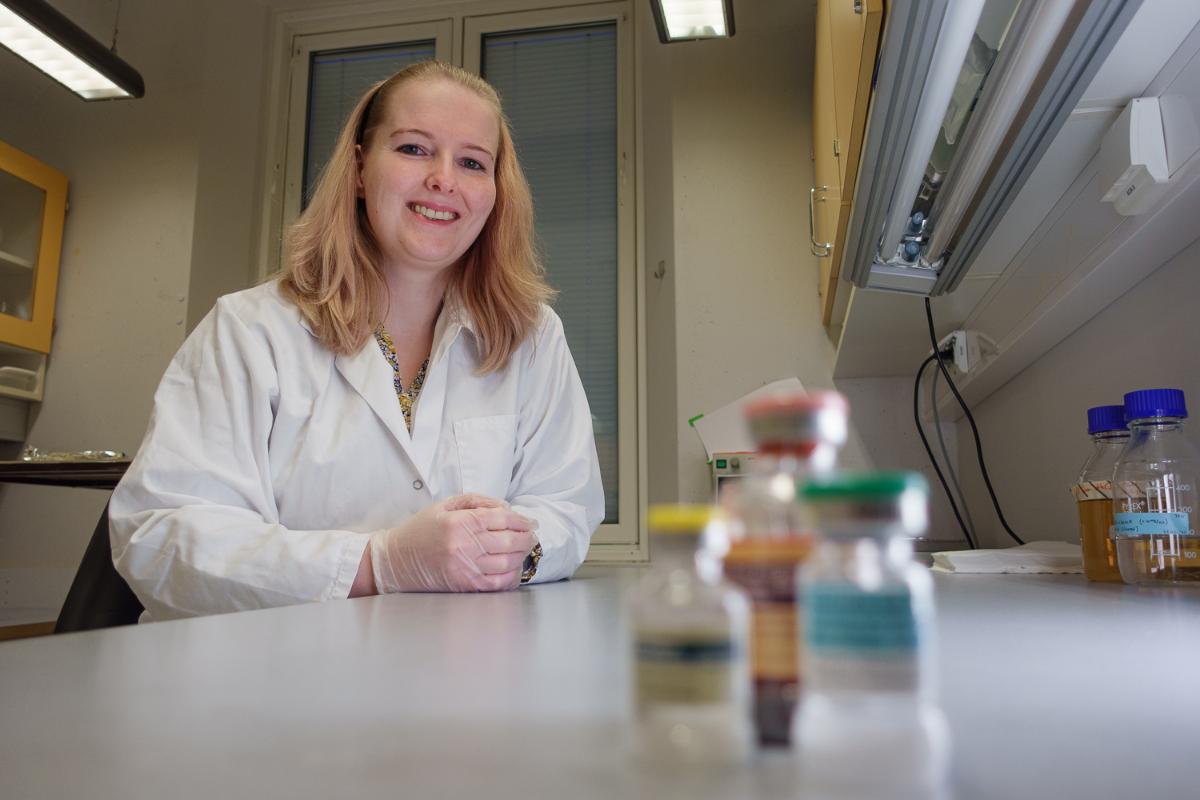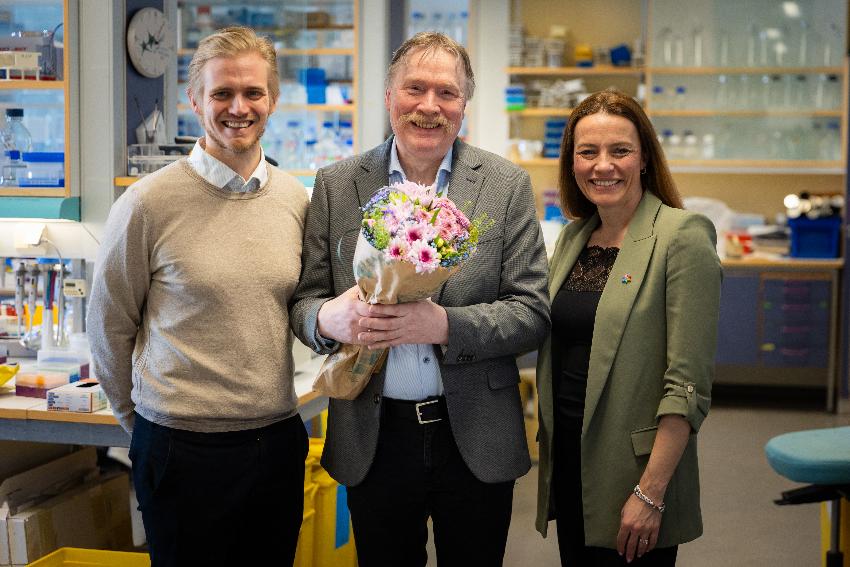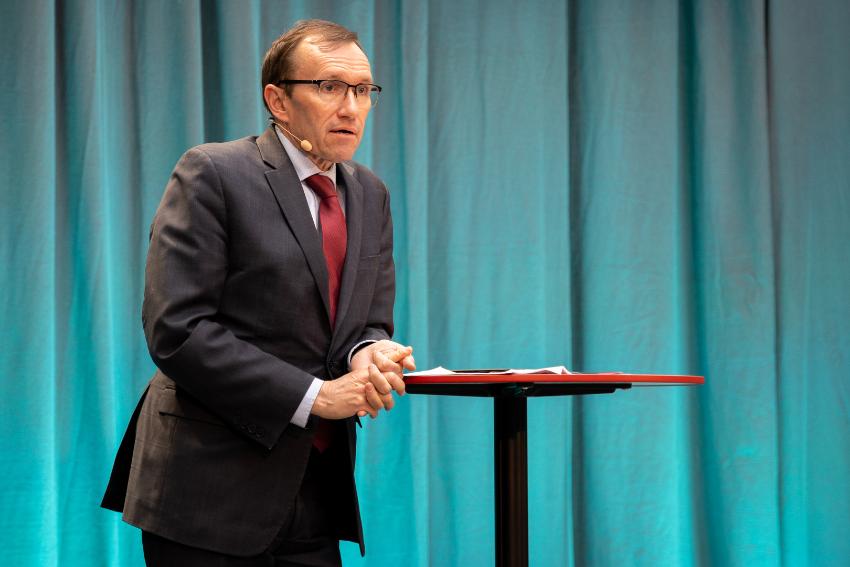Cancer drugs and AMR: Painting the whole picture
Using cancer drugs is necessary but may actually lead to more antibiotic resistance. It is a catch 22, but CANS researchers are about to uncover the extent of the problem – and the possible solutions.

As part of her PhD thesis, Jónína Guðmundsdóttir proved through experimental studies that the cancer drug Methotrexate opened the path for antibiotic resistance (AMR).
Now, with fresh funding from the Northern Norway Regional Health Authority, she will take the project a big leap forward and further investigate the connection between AMR and a number of other cancer drugs. Starting now, she will be analysing at which concentrations, and in which combinations of drugs, those drugs become an AMR problem to look out for.
- Building on data that I already collected for my PhD, when I tested 73 different cancer drugs against 11 different resistance genes in bacteria, we will finally be able to properly address the extent of the problem, researcher Jónína Guðmundsdóttir says.
The results will inevitably be highly relevant for the future treatment of cancer patients, who rely heavily on antibiotics to fight off infections when they go through surgery, chemotherapy, and radiation treatment.
Avoiding the catch 22
In proving which cancer drugs, or combinations of drugs, that can cause AMR, Guðmundsdóttir could be likely to come up with clinically relevant knowledge about which drugs to be careful with.
- If we can say that cancer treatment A leads to resistance to antibiotic B in bacteria, then clinicians could try to avoid treating patients undergoing treatment A with antibiotic B and rather go straight for antibiotic X that has the same effect, but where pre-existing AMR should not be a problem.
In three years from now, we should have a much clearer picture of which drugs are the drivers of this next to impossible catch 22 of cancer treatment:
For the benefit of the patients you are damned if you don’t use the drug, but when it comes to antibiotic resistance you may be damned if you do…
Contact information
Jónína Guðmundsdottir
Jonina.gudmundsdottir@uit.no
Phd thesis
Cancer drugs as drivers of antibiotic resistance
Video: Cancer chemotherapy can lead to antibiotic resistance
Kortnytt fra Institutt for farmasi


